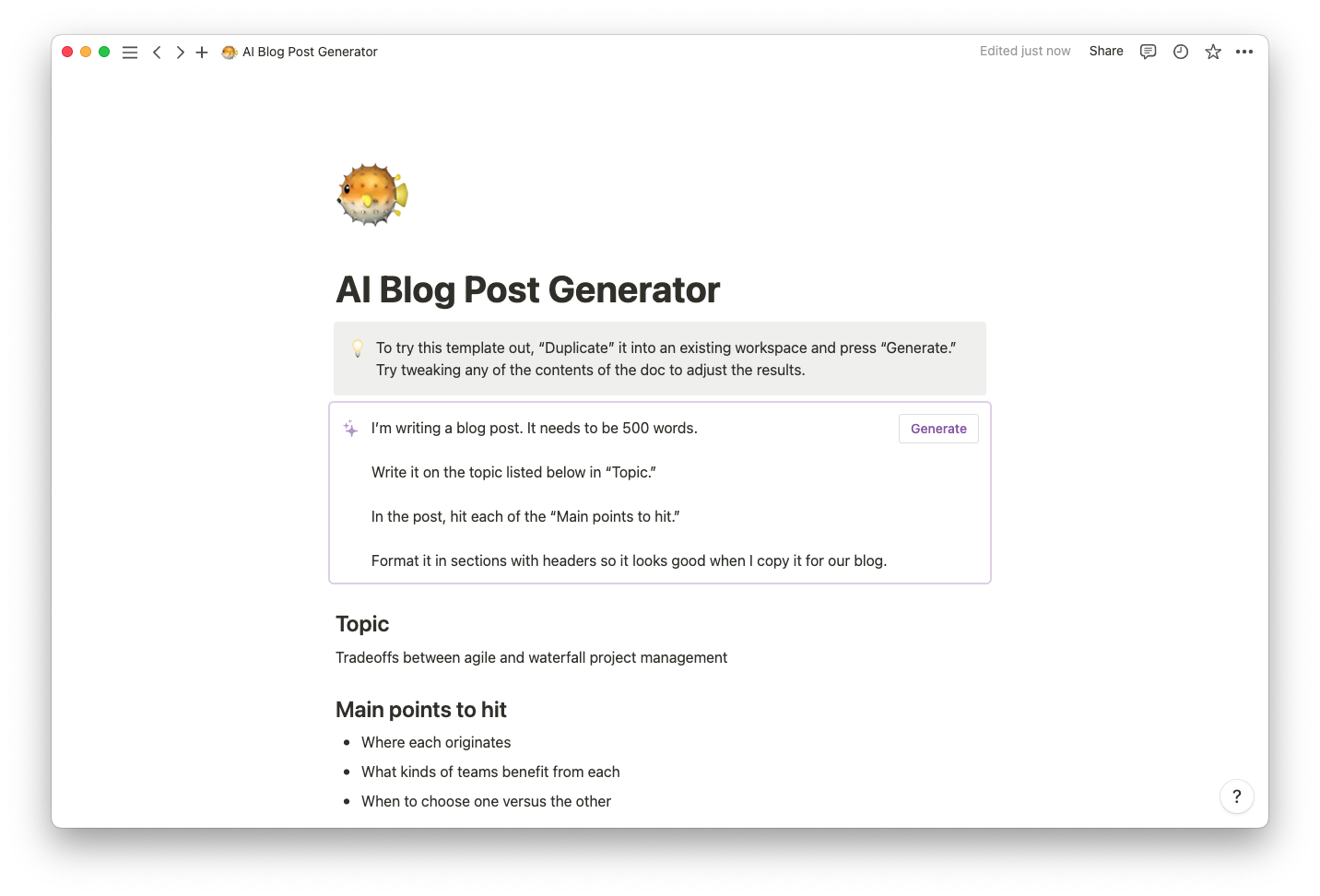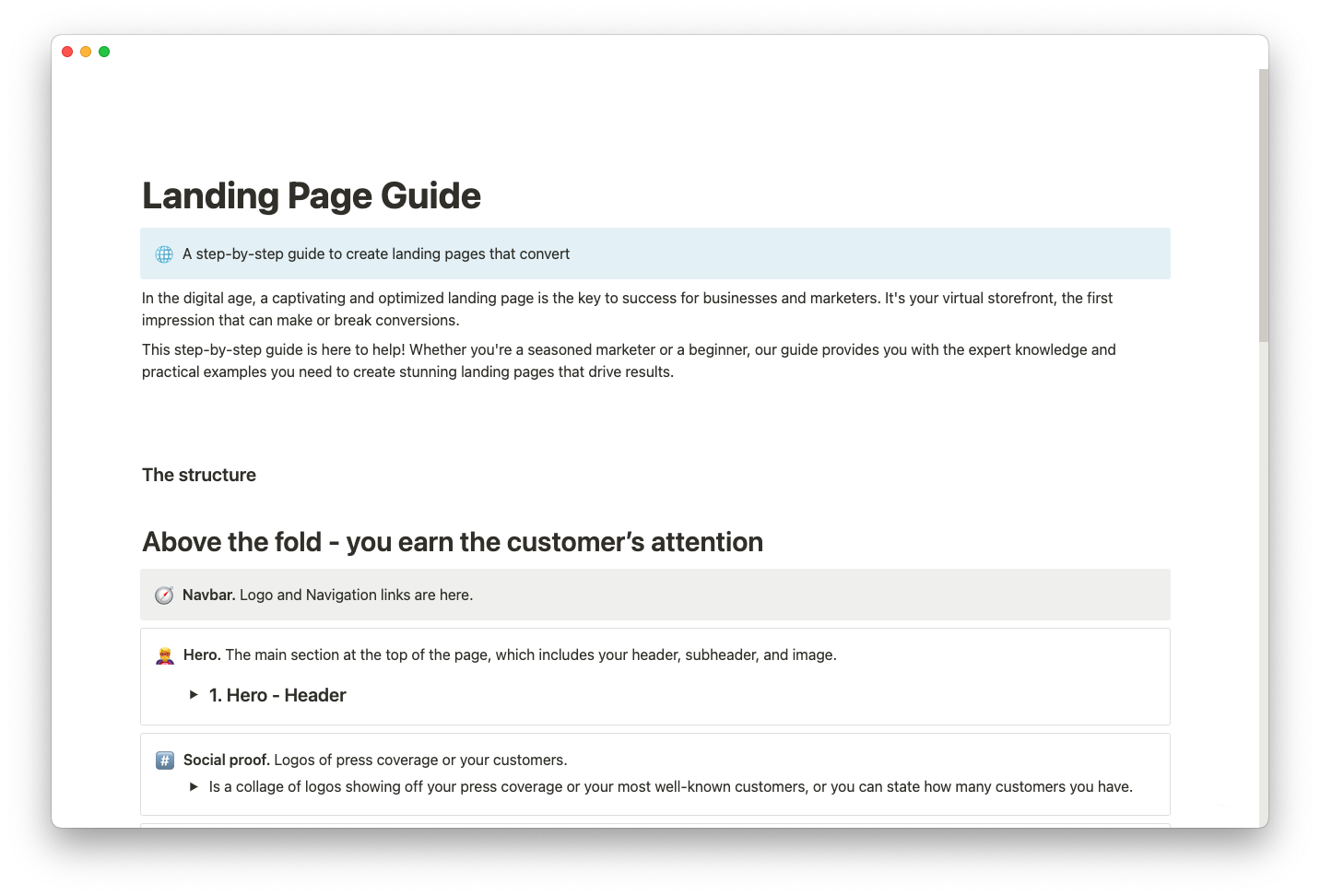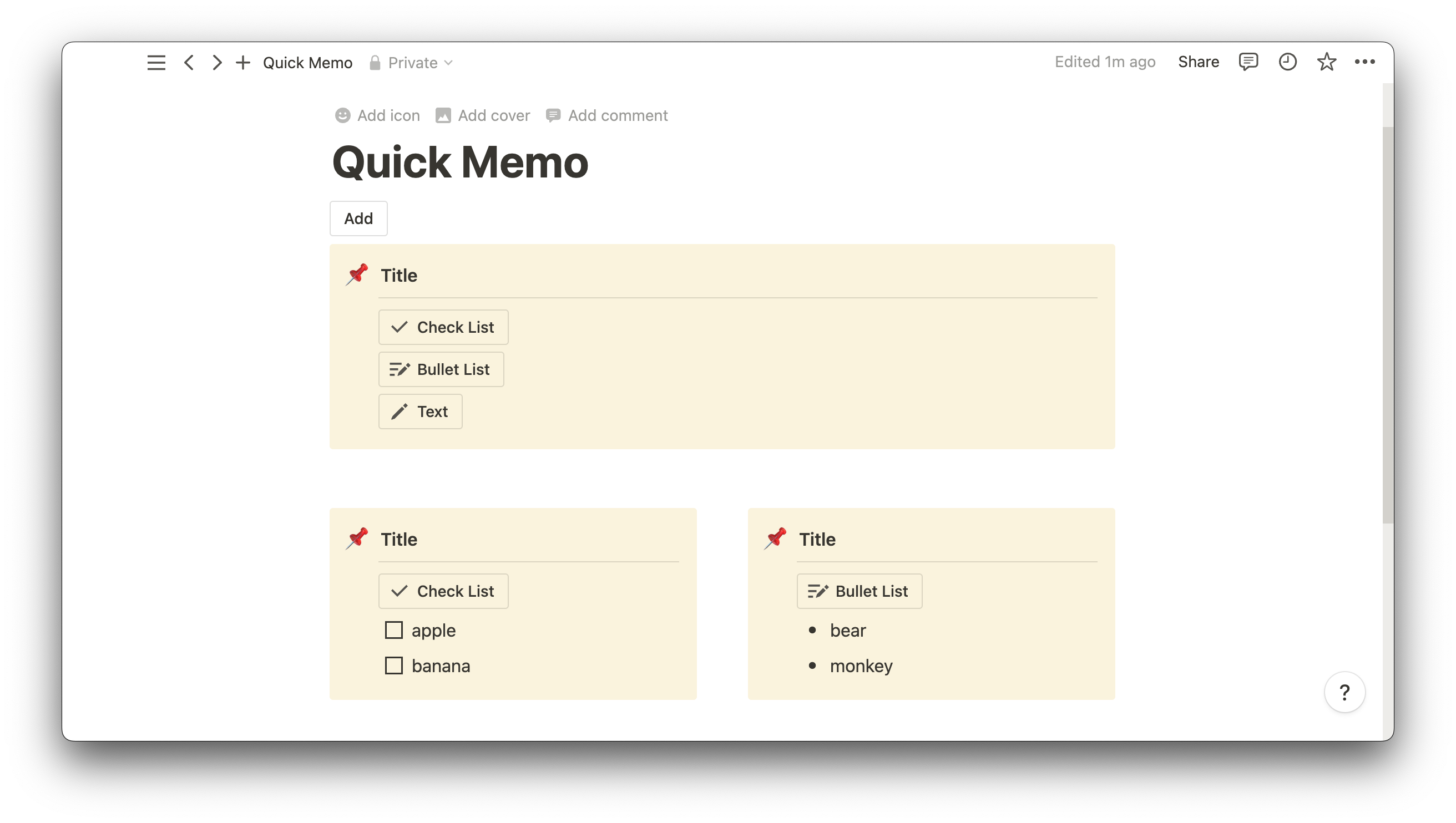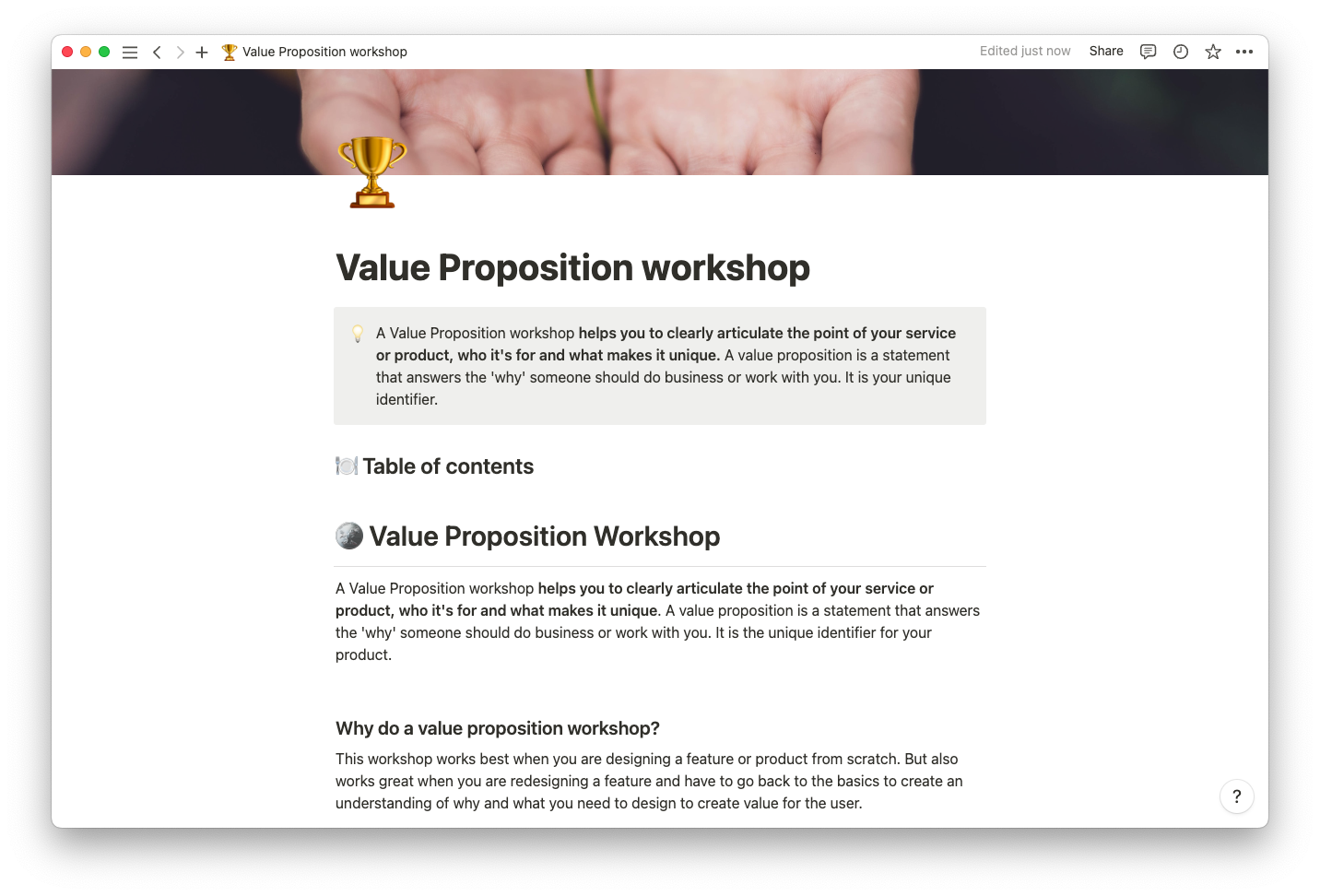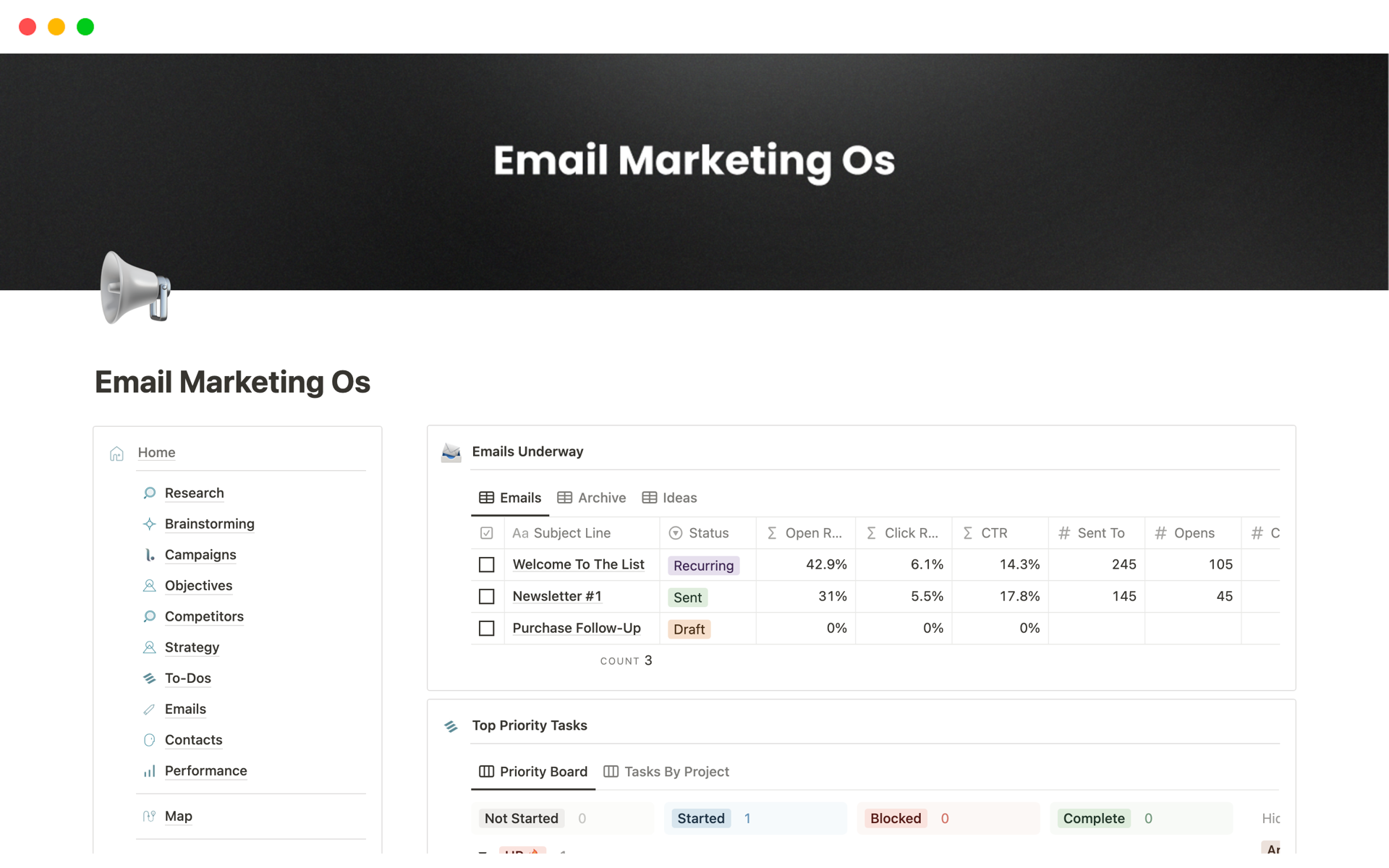Consumers crave connection. And brands with savvy digital marketing strategies meet this need with thoughtful content that engages.
Engaging content provides consumers with information they want or need, like promotional offers, product specs, or a behind-the-scenes look at a brand’s culture. This high-value content brings customers closer, fostering trust and that sought-after feeling of connection.
Newsletters are an excellent avenue for forging these bonds. They provide valuable updates, authoritative content related to readers’ interests, and personalized offers. Brands striving to connect must learn how to write a newsletter that resonates with their target audience.
What’s a newsletter?
A newsletter is a marketing email that goes out to a mailing list and generally includes promotions, product updates, and other announcements. Newsletters may also contain blog-style content (or links to it) that relates to an organization’s niche and reflects its subject-matter expertise.
Marketing newsletters often go out on a cadence, meaning readers can expect them monthly, weekly, or on another predictable rhythm.
Different types of newsletters
Newsletters only succeed when they include engaging content. But grabbing a reader’s attention isn’t easy work, especially when their inboxes are full of other emails to read. Here are a few high-traction newsletter models you can try:
Blog segments — hook your audience with an excerpt from your site’s blog and encourage them to keep reading with a link to the full article. This drives traffic to your page (where a consumer may stick around to make a purchase) and establishes your brand’s voice as an industry authority.
Announcements — let your audience know what’s new and exciting by announcing forthcoming products, events, and sales.
Round up — use your brand’s niche expertise to offer a curated list of tips and favorites (i.e., “The top ten ways to drive leads using our app” or “Summer vacation destination picks from travelers who’ve seen it all”).
A customized approach — if your email marketing platform allows it, consider sending semi-personalized newsletters with targeted information like product recommendations based on the recipient's purchase history.
What to include in a newsletter
Once you’ve determined the type of engaging newsletter content you’ll offer, boost its potential to resonate by including the following elements in your message:
A subject line — recipients often decide whether to read on or mark a message as spam based on the subject line. Use a brief sentence that piques reader interest and tips them off on the valuable content inside, like “Small Business Trends to Stay Up On” or “Save 50% on Your Purchase This Weekend.”
High-quality graphics — stick to a couple high-quality images in an aesthetically pleasing arrangement. You want to engage the viewer but not distract them from important information. And check that images render well on mobile and desktop before sending.
A call to action (CTA) — encourage your reader to take further action, like continuing to your blog posts, using a coupon to make a purchase, or exploring a new product in your online store. Include links whenever you call a consumer to act to facilitate click-throughs and, in turn, leads.
Invitations to connect — add social media buttons that link to your accounts so viewers can continue to deepen their connection with your brand via posts, stories, and video content on those platforms. And include your contact information, letting readers know that you look forward to hearing from them.
An unsubscribe button — agency is everything. The goal is to form genuine connections with consumers, not forced ones. Give your audience the ability to opt out of your emails to avoid sending unwanted content that frustrates recipients.
How to write a newsletter in 5 steps
Creating a newsletter is a task that’s part writing, part strategy. Putting pen to paper is just one step of several that ensure a perfectly executed email blast.
1. Set a goal
Before you decide what kind of content to send, determine what you want that content to achieve. Do you want to engage a specific subset of your target demographic or drive more traffic to your website? Use this goal as a basis for your research as you determine the correct type of content for the audience in question.
2. Set expectations
On the newsletter subscription page, let potential readers know what to expect by including a list of topics or content you’ll deliver in your newsletter and a note on how often they’ll receive it. Consider adding a screen grab of one of your latest or most popular letters once your blasts take off.
3. Create value, not fluff
Your newsletter doesn’t need to contain much text, but every word should add value. If you’re writing a product announcement, highlight only the most essential features or statistics that demonstrate its success. And if you’re giving your audience tips, provide the necessary context by briefly explaining why each point made your list.
Once you’ve written your text, edit it down. If a paragraph stretches on for more than two or three sentences, it might be time to direct the viewer to a web page where they can learn more. Dense content is hard on the eyes and invites readers to scan it quickly.
4. Test (and test again)
A newsletter is only as good as it looks. If your work doesn’t render correctly on all devices, your letter will be hard to read. Worse yet, subscribers may think the email looks sloppy, which can diminish trust in your brand.
Don’t just rely on the preview feature in your email marketing platform. Send yourself a test copy of the email and open it on all your devices to check that fonts, image placement, and graphics, like your logo, look right.
5. Learn from your results
Email marketing platforms often offer metrics tracking tools that help you visualize campaign performance. Pay attention to this data, and let it guide your decision-making. If a recent newsletter earned a high open rate, that content or promotion is worth repeating. And if your target demographic marks your emails as spam, you know your subject lines aren’t reaching that audience and need revamping.
Level up with these newsletter best practices
Including excellent content in a newsletter is a strong start. But you can take your newsletter from good to great by following these best practices:
Stay on brand — always use elements of your brand kit, like your logo, colors, and fonts in your email. Consider making a boilerplate so all future newsletters have a similar look. And stick to your brand voice in all texts. If your company prefers a more formal tone, you might avoid emojis in your subject lines. And if you want to come across casual and lighthearted, try using contractions throughout.
Create a calendar — newsletters typically release on a cadence, and you don’t want to find yourself scrambling for ideas a few days before a message is scheduled to go out. Create a content calendar with your marketing team and brainstorm ideas for each newsletter edition in advance. Doing so will also prevent you from running similar content twice.
Focus on customer needs — you have a goal for your newsletter, whether that’s driving sales or expanding your reach to a new audience. But overly salesy newsletters will only turn customers off. Instead, include information that’s valuable to your audience. This content also benefits your brand in the end. A coupon, for example, is a win-win, driving sales for you and making customers feel cared for.
Create an engagement-driving newsletter with Notion
If making an engaging newsletter feels like a great responsibility, that’s because it is: You stand to gain sales and consumer loyalty if you’re successful. Let Notion help you write the ultimate newsletter — one you feel confident sharing.
Use Notion’s content engine template to brainstorm, email generator to get the digital ink flowing, and AI sales outreach tool for a helping hand from artificial intelligence.

